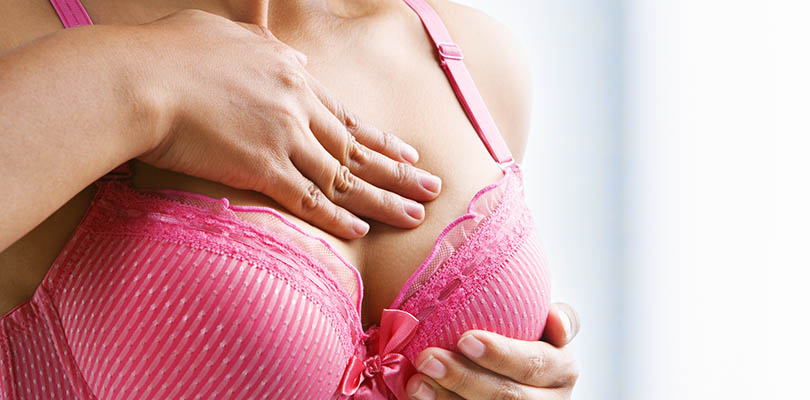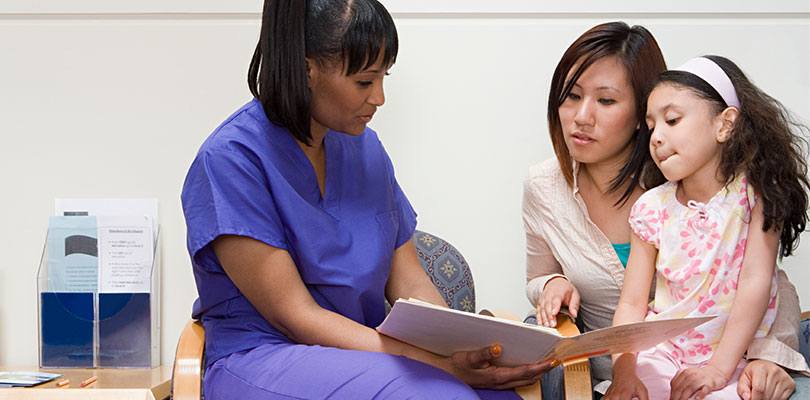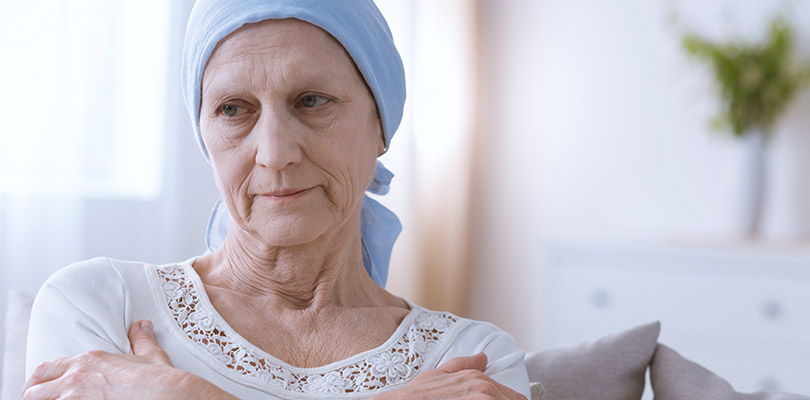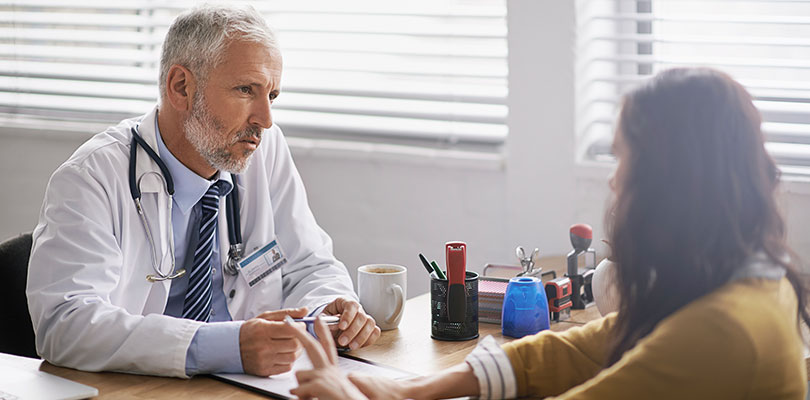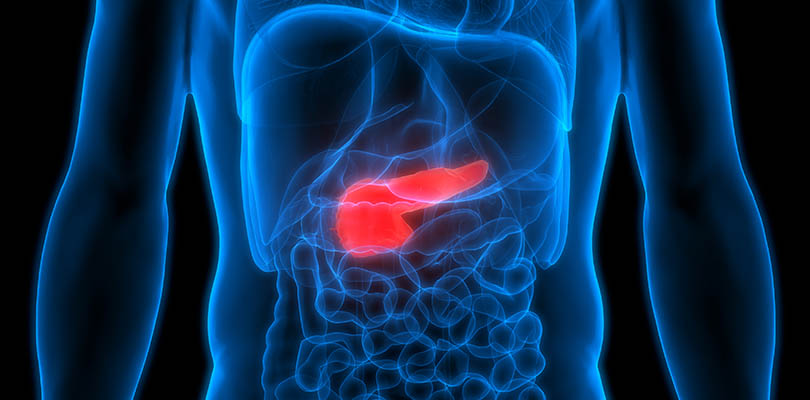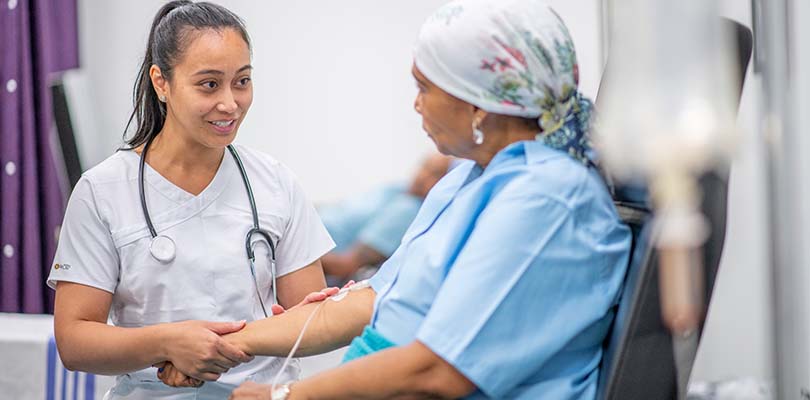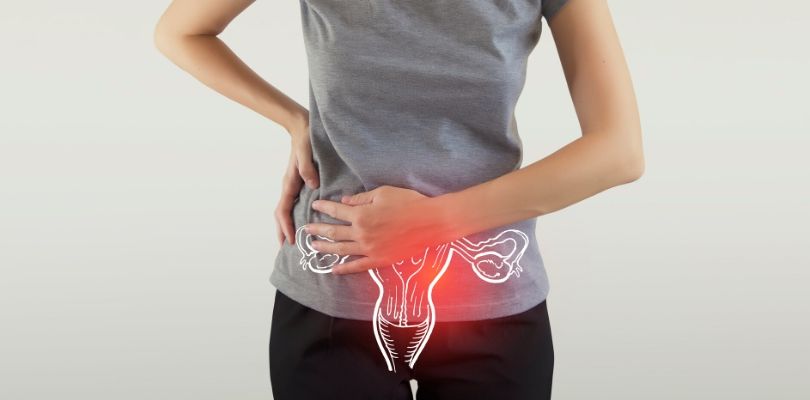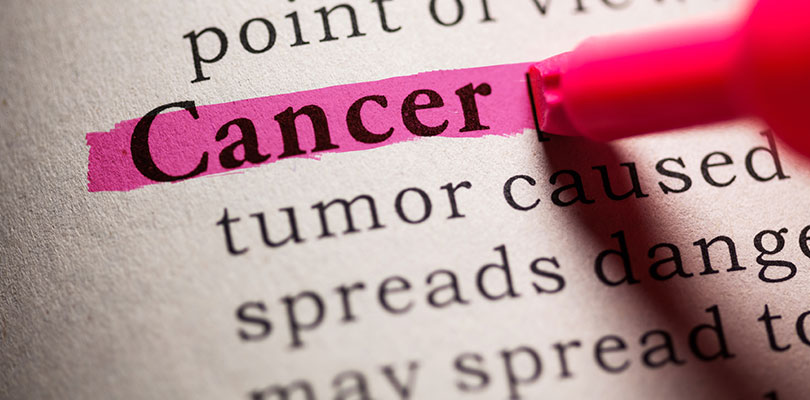Self Breast Exam for Breast Cancer
Breast cancer is one of the most common forms of invasive cancer. It will affect as many as 1 in 8 women at some point during their lifetime. Early detection of breast cancer is crucial and dramatically improves the chances of survival. If it is left too late, cancerous cells can spread to the lymph nodes and other parts of the body, making it much more difficult to treat.
This is why it is essential that you examine your own breast regularly. By becoming familiar with how your breasts normally look and feel, you will be better placed to notice any changes and have them investigated in good time.
It is important to note that your breasts will change naturally with age and under the influence of fluctuating hormone levels throughout your monthly cycle.
The vast majority of breast lumps are not cancerous, but it is still necessary to report any changes to your doctor so that they can decide whether further action is needed.
Breast Self-Examination Steps
You should examine your breasts regularly – at least once a month. The best time to do this is just after your period when your hormones are most stable. If you do not have periods, carry out your breast self-examination on the same day each month.
- Stand topless in front of a mirror, with your shoulders straight and your hands on your hips. Look for any differences in the size, shape or color of your breasts. All women have slightly uneven breasts, but the important thing is to know what is normal for you and look for any changes. Keep an eye out for any swelling, dimpling or puckering of the skin, redness, soreness or rashes. Check that your nipples are even and have not suddenly become inverted. Finally, look for any discharge coming from the nipples.
- Raise your arms above your head and carry out another visual check before moving onto the next step.
- Lie down on your back and raise your right arm above your head. Use your left hand to feel for any lumps in your right breast. Put your fingertips together and use firm, smooth, circular movements to feel your whole breast area, from your collarbone to the top of your belly and from your armpit to your breastbone. Choose a fixed pattern so that you won’t miss any part of your breast. Some women prefer to start from the nipple and work outwards in circles, while others prefer to move in lines up and down their breasts. Vary the pressure at each point so that you can feel every level of breast tissue from the surface to the deeper layers.
- Raise your left arm above your head and repeat this process for your left breast.
- Stand up and repeat the process again for each breast. Many women find it helpful to do this in the shower as the moisture makes it easier.
- Make a note of any lumps, bumps or changes and report them to your physician as soon as possible.
Where are Breast Cancer Lumps Usually Found?
It's important to remember that measures to prevent breast cancer and its development must be implemented while your children are young.
Breast cancer lumps can be found anywhere in the breasts, which is why it is important to be thorough in your examination.
The most common area for cancerous breast lumps is in the upper and outer quadrant of the breast, towards the armpit. Another common area is around the nipple where the milk ducts gather. This could show up as a lump or as other changes such as inverted nipples or an unusual discharge.
There are no hard and fast rules as to where breast cancer can develop, so if you find a lump anywhere in your breasts, you should always have it investigated.
What Does a Breast Lump Feel Like?
There are many different causes of breast lumps, and they all feel different. Different types of breast lumps vary in size, shape, and texture. They may have distinct borders or feel more like a general thickening of the breast tissue. They might be fixed in place, or you may be able to move them with your fingers. Your breasts might feel tender around the lump, or there may be no sensation at all.
Some common causes of breast lumps include:
- Benign tumors
- Cysts
- Abscesses
- Breast injuries
- Blocked or infected milk ducts
- Fibrocystic breasts
Fibrocystic breasts are one of the most common reasons for breast lumps. This condition is affected by hormones and is more common in younger women. It causes the breast tissue to feel grainy or ropy and will be worse just before or during your period.
If your breast lump is due to an infection or abscess, your breast may be red, tender, hard and hot to the touch. Cysts are usually soft and can be moved gently with your fingers.
Lumps associated with breast cancer are usually hard or firm. They often have irregular borders and cannot be moved with your fingers. These lumps are not usually painful, but they may feel sore or tender in some cases. It is important to get any lumps checked out as cancerous tumors come in many different forms.
What to Do if You Find a Breast Lump
If you find a breast lump or notice any other changes during your monthly self-examination, try not to panic. Remember that most breast lumps are not cancerous and there may well be another explanation for what you have found.
Many non-cancerous breast lumps will go away by themselves, without treatment. However, if your lump is cancerous, you will need to begin treatment as soon as possible to give you the best chance of survival.
So if you find anything that concerns you during your routine breast self-examination, contact your physician and arrange for further investigations as soon as possible. It might just save your life!
